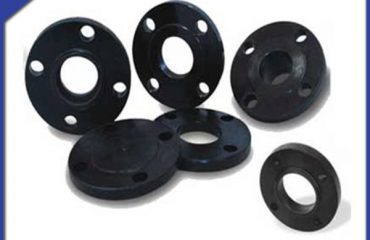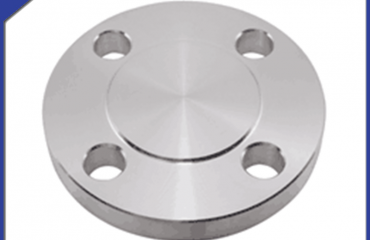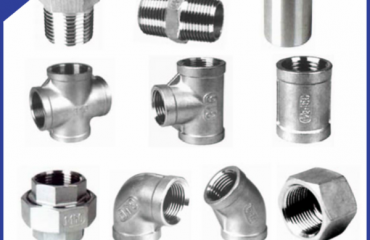1. Hot-Push forming
Hot-push elbow forming process is the use of special elbow push machine, core mold and heating device, so that the billet on the die in the push machine pushing forward movement, in the movement by heating, expanding and bending forming process. The deformation characteristic of the hot-push elbow is to determine the diameter of the tube billet according to the regularity of the metal material before and after plastic deformation. The diameter of the tube billet is smaller than the elbow diameter, and the deformation process of the billet is controlled by the core mode, so that the metal flow in the inner arc is compressed and the other parts which are reduced by the expanding diameter can be compensated to obtain the elbow with uniform wall thickness.
The hot-push elbow forming process has the appearance, the wall thickness uniformity and the continuous operation, is suitable for the mass production the characteristic, thus becomes the carbon steel, the alloy steel Elbow’s main forming method, and also applies in some specification stainless steel butt welded elbow forming.
The heating method of the forming process has the medium or high frequency induction heating (the heating ring can be a multiple lap or a single ring), the flame heating and the reflector furnace heating, and the heating method depends on the forming product requirement and the energy condition.
2. Stamping forming
Stamping Elbow is the first used in mass production of seamless elbow forming process, at present, in common specifications of the elbow production has been replaced by hot-push or other forming technology, but in some specifications of the elbow due to the production of less quantity, wall thickness or too thin.
Products are still in use when they have special requirements. The stamping of the elbow is formed by using a pipe blank equal to the elbow diameter, and the press is pressed directly in the die. Schematic diagram of stamping elbow forming
Before stamping, the tube billet is placed on the lower die, the inner core and the end mold are loaded into the tube blank, the upper die downward movement begins to suppress, and the elbow is formed by the constraint of the external mode and the support of the inner model.
Compared with the hot-push process, the appearance quality of stamping is inferior to that of the former; stamping elbow in the forming of the external arc in the tensile state, no other parts of the excess metal compensation, so the outer arc of the wall thickness about 10% reduction. However, due to the characteristics of single piece production and low cost, the stamping elbow technology is used for the manufacture of small batch and thick wall elbow.
Stamping elbow is divided into cold stamping and hot stamping two kinds, usually according to the material properties and equipment capacity to choose cold stamping or hot stamping.
Cold extrusion Elbow Forming process is the use of a dedicated elbow forming machine, the tube billet into the external mold, the upper and lower mold, after the push rod, the tube billet along the internal mold and the outer mold reserved clearance movement to complete the forming process. Fig. 15-8 is a stainless steel elbow for a manufacturer before and after squeezing the photo.
Using internal and external die cold extrusion process manufacturing elbow appearance, wall thickness uniformity, small size deviation, so for stainless steel elbow, especially thin-walled stainless steel elbow forming more use of this process. The precision of internal and external mould used in this process is high, and the thickness deviation of the pipe billet is also more stringent.
3. Other forming methods
In addition to the above three kinds of common forming processes, the seamless elbow is formed by extruding the tube blank into the outside mold and then through the forming process of the tube billet. However, the process is relatively complex, difficult to operate, and the quality of the forming process is not as good as the above.
we have our own pipe fitting factory since 1998 ,which covers 100 acres. In 1998, we invested and set up a new flange factory. Up to now, we have a complete production system, and become a professional and competitive group in this field.
 Language
Language Espanol
Espanol English
English Italian
Italian عربى
عربى
 Skype: chinamaker99
Skype: chinamaker99  Tel: 86-316-5120812
Tel: 86-316-5120812 Email:
Email:  Whatsapp:
Whatsapp: 

